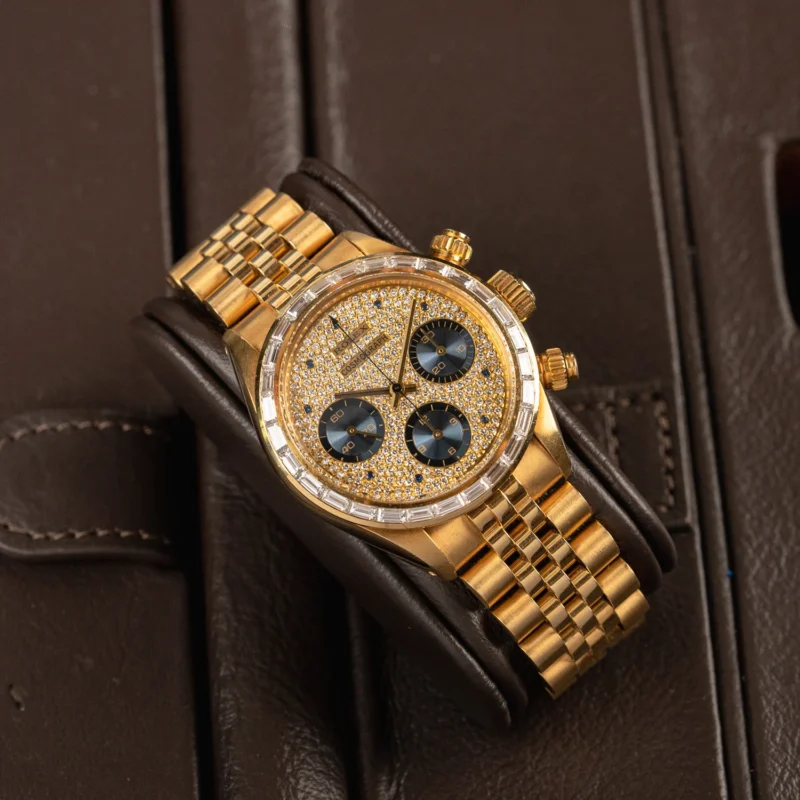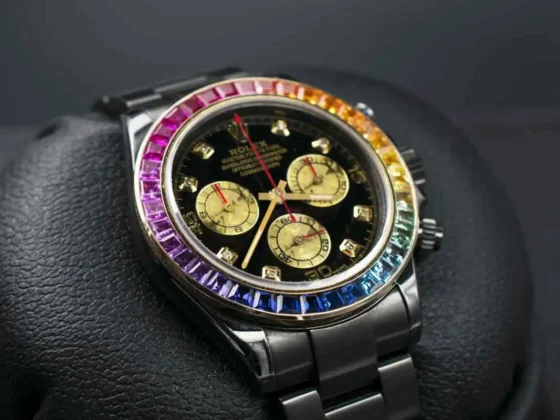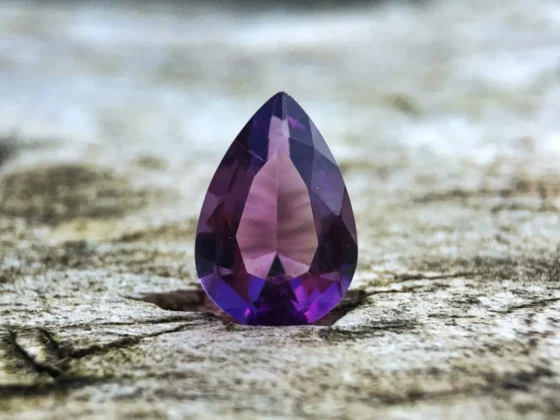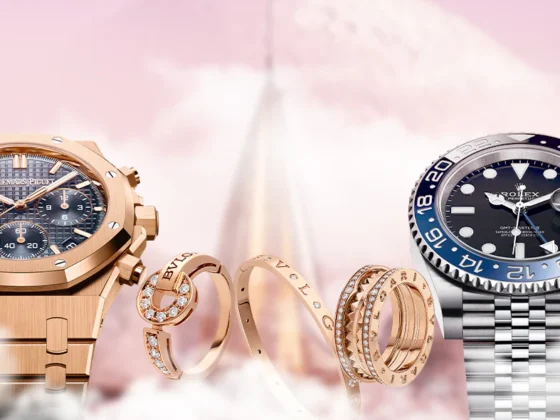The vintage watch market is set to play a pivotal role in shaping the luxury investment landscape of 2024. With collectors and investors seeking both tangible assets and emotional connections to their purchases, vintage timepieces have emerged as a cornerstone of the luxury investment sector. This article delves into how the vintage watch market is influencing investment strategies, driving trends, and setting new standards for collectible value in 2024.
Why Vintage Watches Are Gaining Value
Vintage watches have long been valued for their craftsmanship, heritage, and rarity, but in recent years, they’ve become even more attractive to collectors and investors. These timepieces often represent a golden age of watchmaking, where meticulous handcrafting and intricate mechanics set them apart from modern mass-produced watches. Brands like Patek Philippe, Rolex, and Audemars Piguet are renowned for their vintage models, many of which have appreciated significantly over time.
A key reason for this is scarcity. Unlike modern watches that can be mass-produced, vintage watches are finite in number, especially those in pristine condition with original parts. Collectors place immense value on the authenticity and historical significance of these timepieces, driving demand and, consequently, their investment potential.
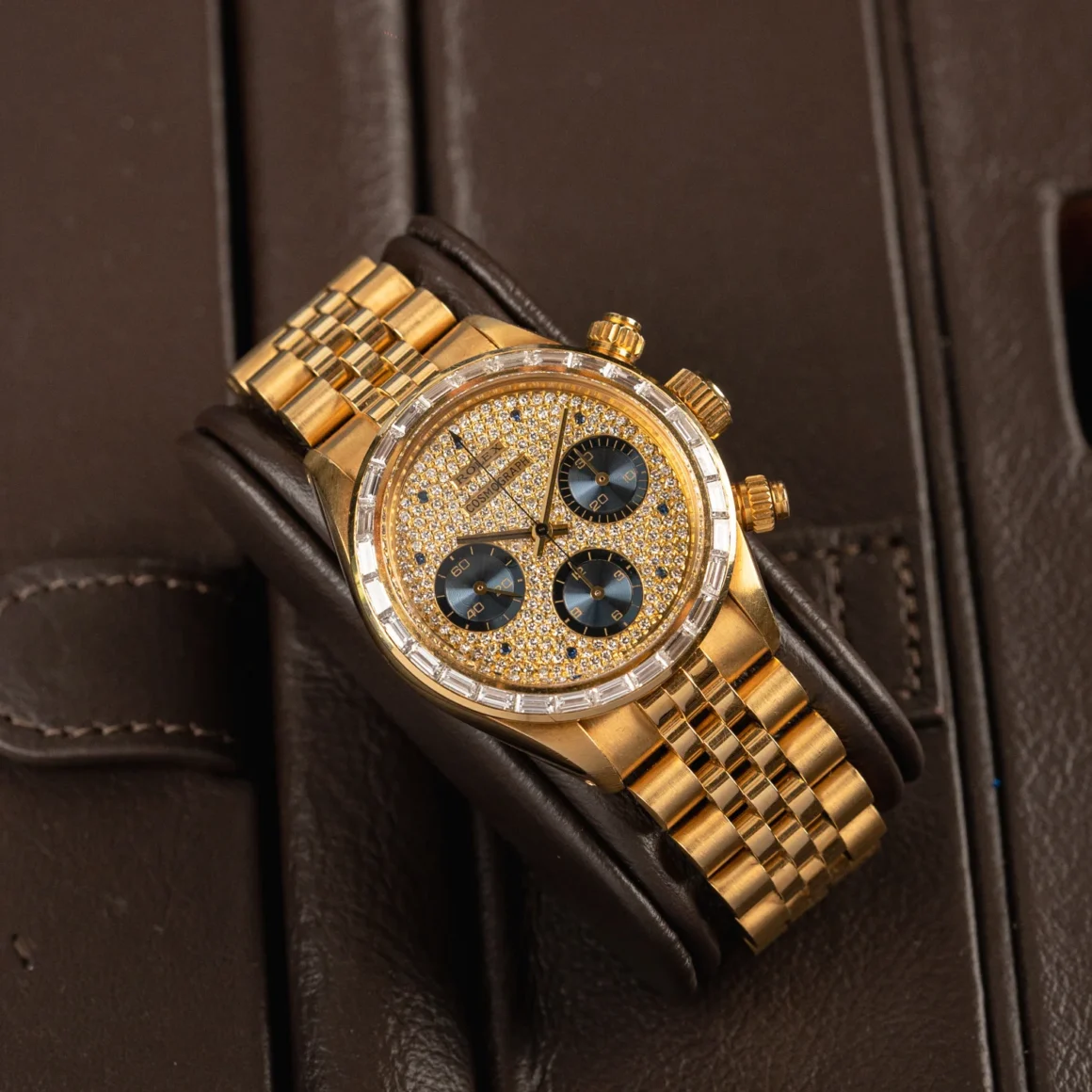
Vintage Watches as a Safe-Haven Investment
In uncertain economic climates, luxury assets like vintage watches are often seen as safe-haven investments, akin to gold or fine art. Their ability to retain or appreciate in value over time makes them attractive to investors seeking to diversify their portfolios. This is particularly relevant in 2024, as global economic conditions remain unpredictable, pushing investors toward tangible assets that offer both stability and potential growth.
Vintage watches are less volatile than other asset classes, such as stocks or cryptocurrencies. Their value is driven by factors like rarity, brand heritage, condition, and provenance, which are relatively insulated from short-term market fluctuations. This stability, combined with their aesthetic appeal and cultural significance, makes vintage watches a compelling investment for both seasoned collectors and newcomers.
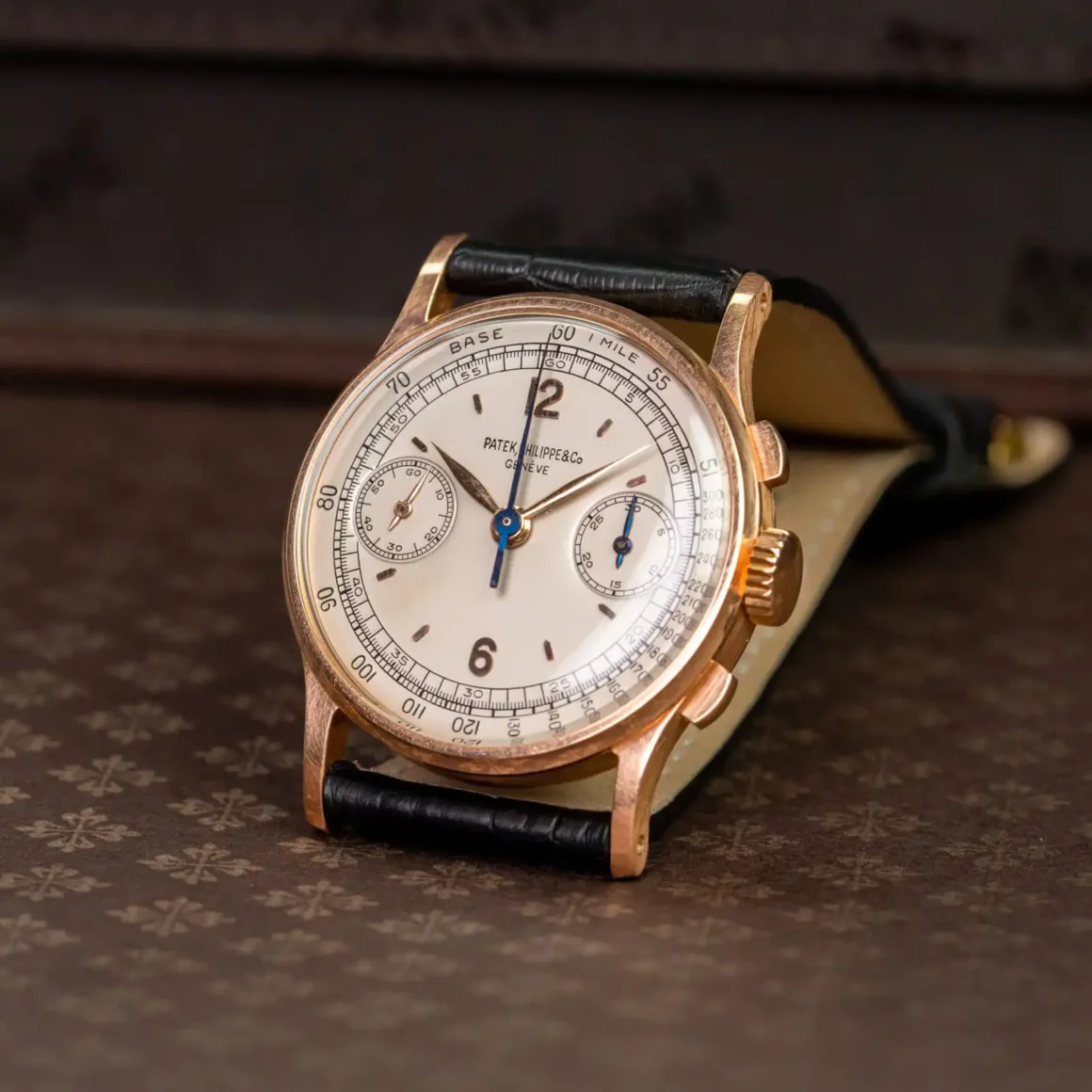
Record Auction Sales and Rising Demand
In recent years, we’ve seen a surge in auction sales for vintage watches, with record-breaking figures being achieved for rare models. The demand for these timepieces has reached new heights, driven by a combination of nostalgia, prestige, and the desire for exclusivity. Auction houses like Christie’s, Phillips, and Sotheby’s have become key players in the vintage watch market, hosting highly anticipated events where collectors bid fiercely for coveted pieces.
In 2023, a rare Patek Philippe Grandmaster Chime sold for over $31 million, setting a new world record for the most expensive wristwatch ever sold at auction. This trend is expected to continue into 2024, as collectors compete for limited-edition and historically significant models. The increased visibility of these auction sales is driving more investors into the vintage watch market, further boosting demand and prices.
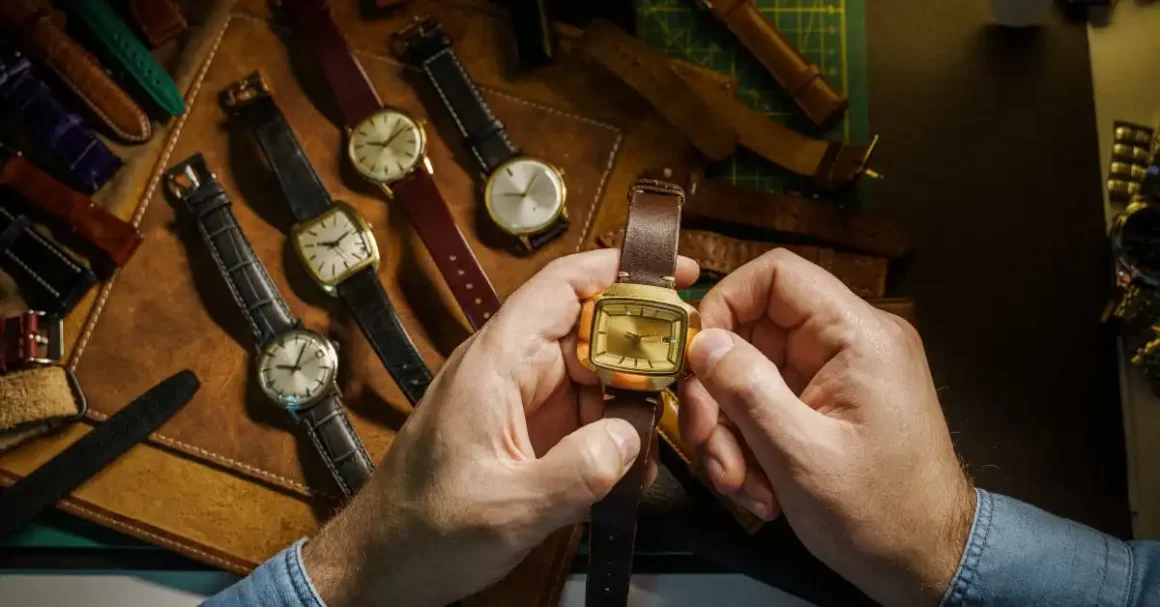
What Makes a Vintage Watch a Good Investment?
Not all vintage watches are created equal when it comes to investment potential. There are several factors that collectors and investors need to consider before purchasing a vintage timepiece:
- Brand: Watches from prestigious brands like Rolex, Patek Philippe, Audemars Piguet, and Vacheron Constantin tend to hold their value well and appreciate over time.
- Condition: Watches in excellent, original condition are more valuable than those that have been heavily restored or altered. Original parts, including the dial, movement, and case, are critical for maintaining value.
- Provenance: A watch’s history can significantly impact its value. Timepieces with documented ownership by celebrities, royalty, or other notable figures tend to fetch higher prices.
- Rarity: Limited production runs or discontinued models are more likely to appreciate in value due to their scarcity.
- Historical Significance: Watches associated with important events or technological advancements in horology are highly prized by collectors.
The Role of Technology in Authenticating Vintage Watches
As the vintage watch market grows, so does the need for advanced methods of authentication. With prices reaching record levels, ensuring the authenticity of a timepiece is paramount for investors. In 2024, technology plays a crucial role in safeguarding against counterfeit watches and verifying the originality of parts.
Companies like WatchBox and Chrono24 have developed sophisticated digital platforms that allow collectors to buy and sell vintage watches with confidence. These platforms often use blockchain technology to create digital certificates of authenticity, ensuring transparency and traceability in the market. In addition, third-party grading and certification services have become essential for investors looking to verify the condition and originality of their vintage watches before making a purchase.
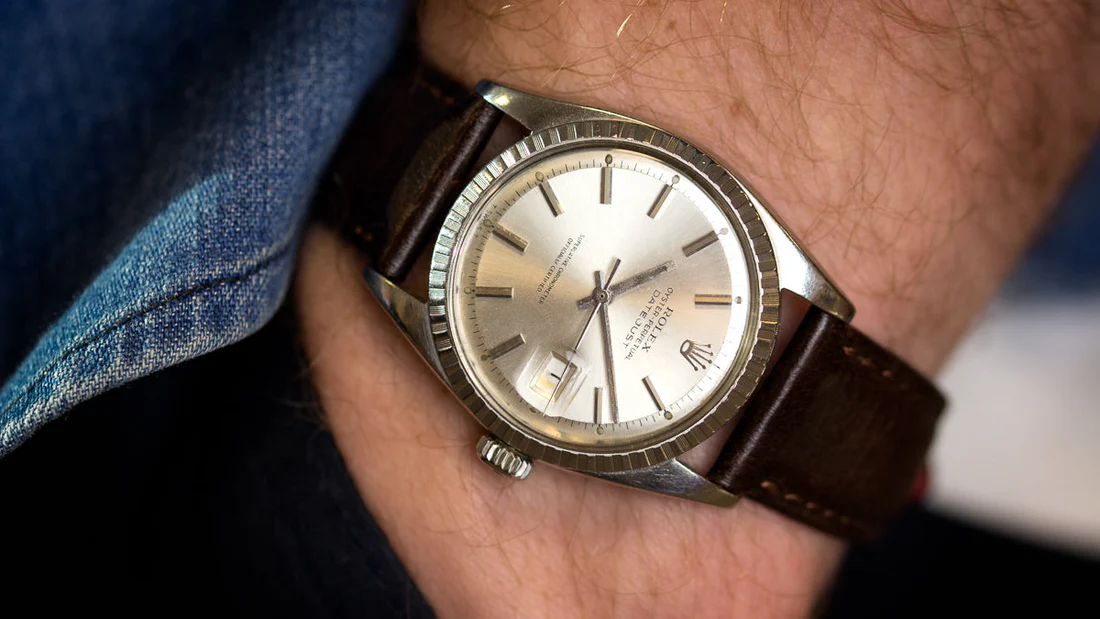
Predictions for the Vintage Watch Market in 2024
The vintage watch market is expected to continue its upward trajectory in 2024, with several trends likely to influence its performance:
- Increased Global Demand: As emerging markets, particularly in Asia and the Middle East, continue to grow, the demand for vintage watches is expected to rise. Collectors in these regions are increasingly drawn to the prestige and investment potential of vintage timepieces.
- Record-Breaking Auctions: Auctions will continue to set the benchmark for vintage watch prices, with rare and historically significant models likely to break new records in 2024.
- Sustainability and Ethical Sourcing: The focus on sustainability in luxury markets is likely to extend to vintage watches, with investors favoring brands that emphasize ethical sourcing and responsible practices.
- Digital Transformation: The use of blockchain technology and digital authentication services will become more widespread, providing greater transparency and security for vintage watch collectors and investors.
Conclusion
The vintage watch market is a key driver of the luxury investment landscape in 2024. With strong demand, record auction sales, and growing global interest, vintage timepieces offer both financial stability and aesthetic pleasure for collectors. As technology enhances the authentication process and ethical considerations become more prominent, the vintage watch market is well-positioned to continue thriving in the years to come. For investors, understanding the factors that drive value in vintage watches is crucial to making smart, long-term decisions in this booming market.


